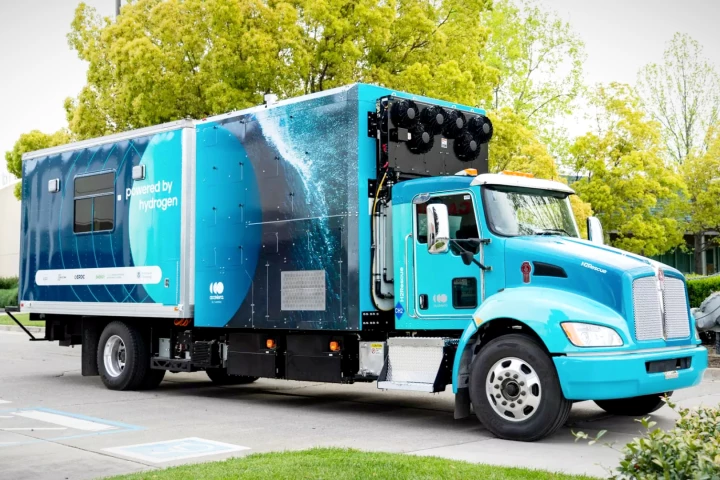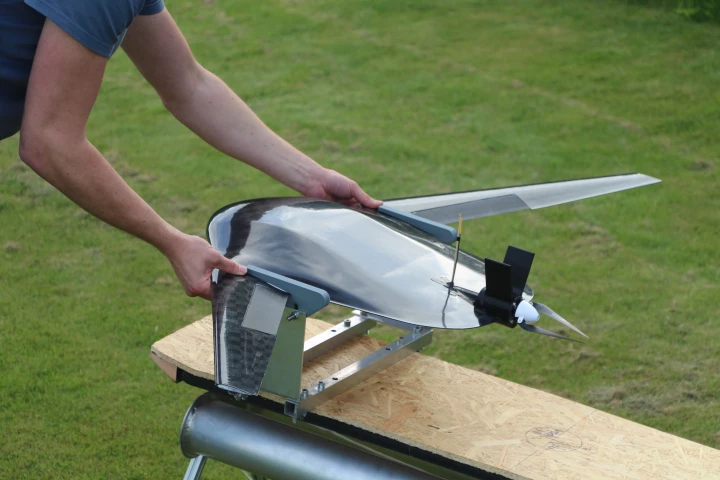Rescue
-
Unitree has launched a modified version of its B2 quadruped aimed at putting out fires. Able to host various use-specific modules, the robodog hauls a powerful water cannon high-flow and can operate in extreme environments.
-
Genesis has just released the wild-looking Genesis GV60 Mountain Intervention Vehicle (MIV) Concept. It is made for rescue support operations in difficult weather and tough terrain. And yes, it comes with tank-like snow tracks!
-
Hydrogen-fueled trucks can keep thousands of tons of carbon out of the air every year. A prototype rescue truck from the US Department of Energy shows just how viable the clean-burning haulers are becoming – by bagging a new world record.
-
When disaster strikes, drones and robots can be sent into danger zones to scout for survivors. The RoBoa from a student team at ETH Zurich is designed to snake its way through debris that would stop other solutions in their tracks.
-
Could you throw a lifebuoy all the way out to a distressed swimmer located one kilometer away? Nope, you couldn't … but you could fly one out to them, in the form of the TY-3R Flying Lifebuoy drone.
-
The wilderness can instantly leave you stranded and in desperate need of rescue. Airmarker debuts a new survival beacon that can triumph where others fail, sending up a visual indicator of the victim's exact location, without battery or connectivity.
-
The search for survivors at disaster sites is one of the most commonly suggested uses for drones. If those people are buried under debris, however, they won't be visible. That's where LUCY comes in, as it could let drones locate survivors by sound.
-
After getting its burly MK-1 e-4WD ready for order in late 2022, Munro Vehicles is back with an all-new special edition. It developed the Mountain Rescue edition after intensive discussions with British mountain rescue teams and firefighting units.
-
We've all seen footage of disaster victims being hoisted into helicopters, in litter-type stretchers. It's not a good thing if those litters start spinning or swaying, though, which is what the thrust-vectoring Vita Rescue System is designed to stop.
-
Imagine if someone such as a stranded mountain climber needed food, but could initially only be reached by drone. Scientists have developed a proof-of-concept system of getting that food to them, in the form of a drone with edible wings.
-
Researchers from Chalmers University of Technology are working on a new autonomous search and rescue system made up of a marine vessel that can launch a fleet of fixed-wing drones to scout a predefined area, along with live-feed quadcopters.
-
When rescuing avalanche victims or other people in cold, snowy outdoor conditions, it can be difficult to monitor their vital signs via traditional means. The MedSENS device was created with that fact in mind, as it simply goes in the ear and gets strapped to the head.
Load More











